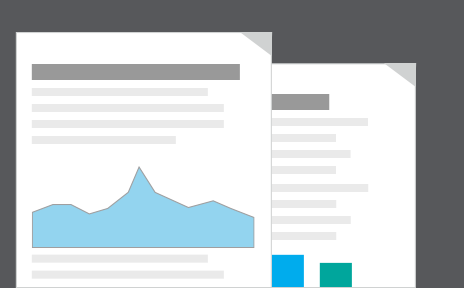Spotlight

Family spending in the UK: April 2022 to March 2023
What's in the bulletin?
- Average weekly household expenditure was £567.70 in the financial year ending (FYE) 2023, a nominal increase of £38.90 from the previous year (7%); however, after accounting for inflation this was a real-terms decrease of £21.10 (4%).
- The greatest real-terms reduction in expenditure was in food and non-alcoholic drinks, suggesting that households are either consuming less, or where applicable, switching to lower cost or quality alternatives.
- The richest fifth of households' weekly expenditure was more than twice that of the poorest fifth of households in FYE 2023, at £857.30 and £356.90, respectively.

Interpreting changes in UK income estimates during the coronavirus pandemic: financial year ending 2021
Interpreting changes in UK income estimates during the coronavirus pandemic for the financial year ending 2021.
Family spending explorer
Use our interactive family spending tree map to find out more about how families in the UK spend their money every week.
Datasets related to Expenditure
-
Variation in the Inflation Experience of UK Households, 2003-2014 reference tables
Estimates of the inflation rates experienced by different types of of household in the UK.
-
Detailed household expenditure by age of household reference person: Table A11
Average weekly household expenditure on goods and services in the UK. Data are shown by region, age, income (including equivalised) group (deciles and quintiles), economic status, socio-economic class, housing tenure, output area classification, urban and rural areas (Great Britain only), place of purchase and household composition.
-
Components of household expenditure: Table A1
Average weekly household expenditure on goods and services in the UK. Data are shown by region, age, income (including equivalised) group (deciles and quintiles), economic status, socio-economic class, housing tenure, output area classification, urban and rural areas (Great Britain only), place of purchase and household composition.
-
Detailed household expenditure by countries and regions: Table A35
Average weekly household expenditure on goods and services in the UK. Data are shown by region, age, income (including equivalised) group (deciles and quintiles), economic status, socio-economic class, housing tenure, output area classification, urban and rural areas (Great Britain only), place of purchase and household composition.
-
Average weekly household expenditure by Output Area Classification (OAC) group: Table A52
Average weekly household expenditure on goods and services in the UK. Data are shown by region, age, income (including equivalised) group (deciles and quintiles), economic status, socio-economic class, housing tenure, output area classification, urban and rural areas (Great Britain only), place of purchase and household composition.
-
Expenditure on food and non-alcoholic drinks by place of purchase: Table A2
Average weekly household expenditure on goods and services in the UK. Data are shown by region, age, income (including equivalised) group (deciles and quintiles), economic status, socio-economic class, housing tenure, output area classification, urban and rural areas (Great Britain only), place of purchase and household composition.
Publications related to Expenditure
Statistical bulletins
-
Family spending in the UK: April 2022 to March 2023
Average weekly household expenditure on goods and services in the UK, by age, income, economic status, socio-economic class, household composition and region.
-
Household debt in Great Britain: April 2016 to March 2018
Household debt in Great Britain April 2016 to March 2018, taken from the sixth round of the Wealth and Assets Survey.
-
Family spending in the UK: April 2022 to March 2023
Average weekly household expenditure on goods and services in the UK, by age, income, economic status, socio-economic class, household composition and region.
Articles
-

The cost of living alone
As the number of one-person households continues to rise, analysis reveals the financial situation and personal well-being of those living alone.
-

What do children in the UK spend their money on?
The spending preferences of children aged between 7 and 15 are revealed for the first time since 2004.
-
Measuring Real Household Disposable Income
The effect of excluding Non-Profit Institutions Serving Households (NPISH) from Gross Disposable Income (GDI) and Real Household Disposable Income (RHDI).
-
Variation in the Inflation Experience of UK Households
Estimates of the inflation rates experienced by different types of of household in the UK.
-
Investigating household expenditure in island communities
Research undertaken to investigate whether there are differences in household expenditure in UK island communities, specifically the Isles of Scilly and Orkney, compared with the mainland.
Find, compare and visualise statistics about places within the United Kingdom.
